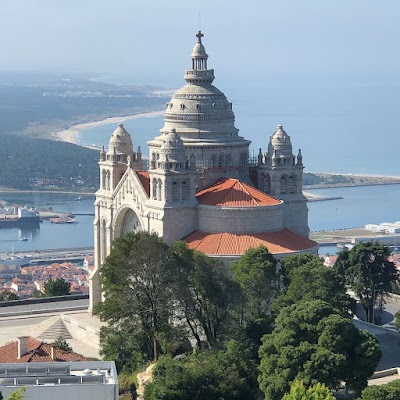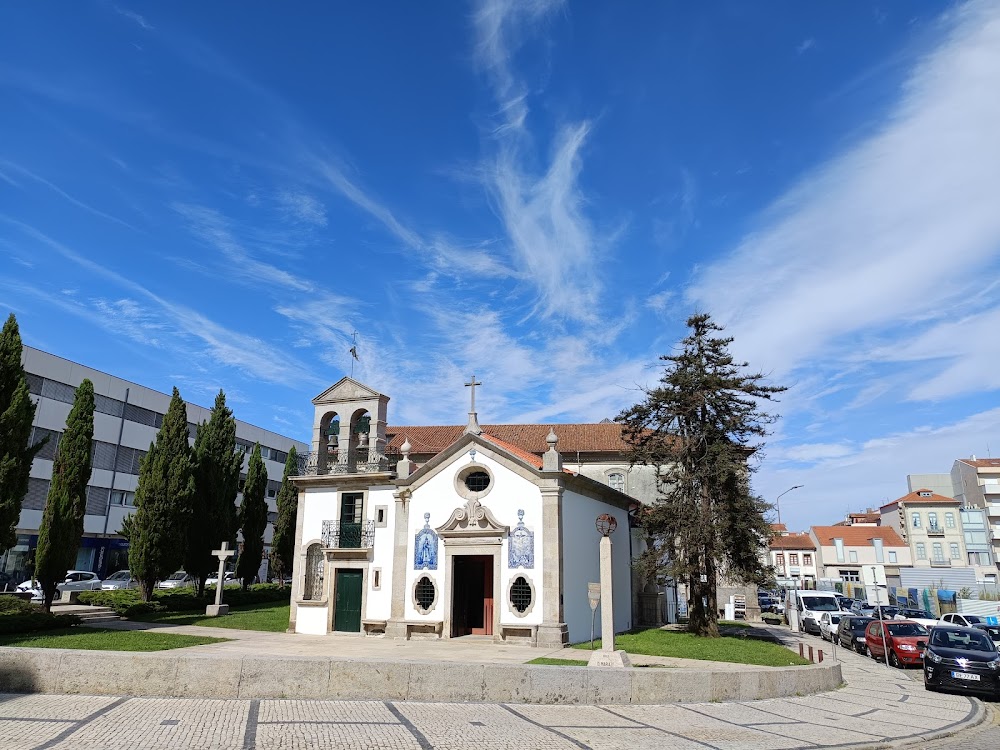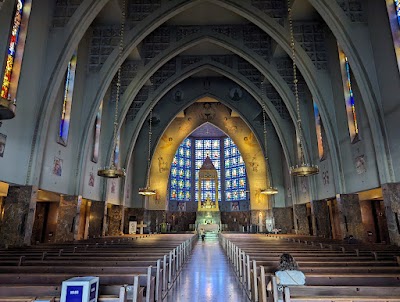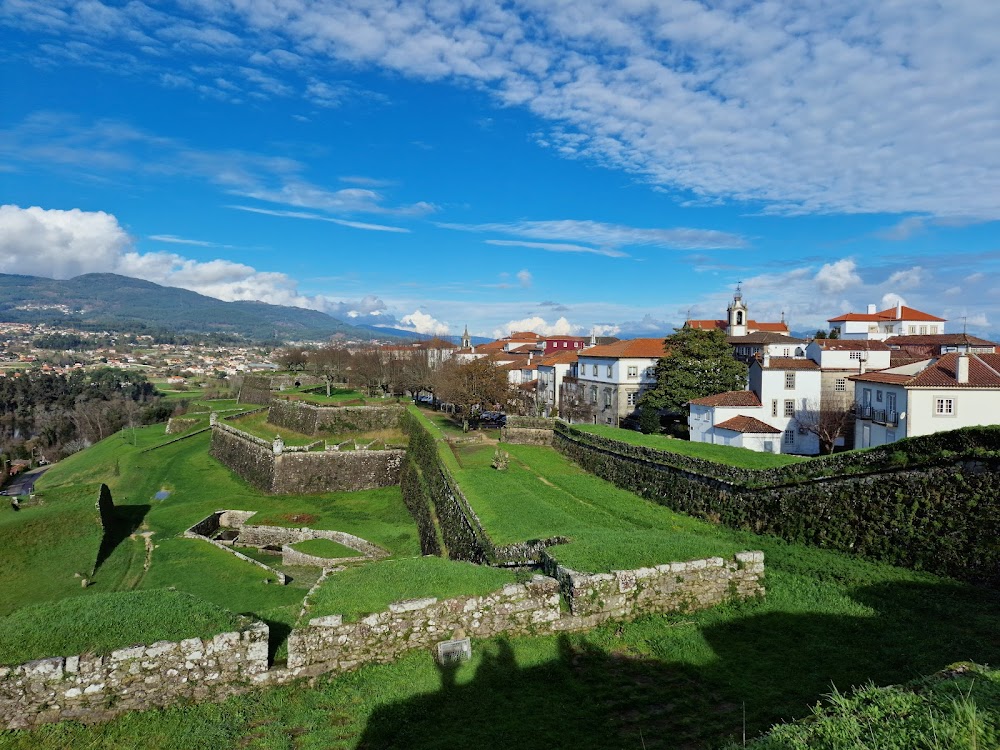Bridge of Lima (Ponte de Lima)
Overview
The Bridge of Lima, also known as Ponte de Lima, is a stunning and historically rich structure located in the charming town of Viana do Castelo, Portugal. Spanning the picturesque Lima River, this medieval bridge has served as a crucial crossing point for centuries. Its fascinating history, remarkable architecture, and scenic surroundings make it a must-visit destination for travelers from around the globe.
Constructed in the 14th century under the reign of King Pedro I, the Bridge of Lima exemplifies medieval engineering prowess. Originally part of a vital roadway system, it facilitated trade and communication between the northern and southern regions of Portugal, as well as with Spain. This enduring stone structure holds deep cultural and historical significance, symbolizing the ingenuity of the medieval period and the region's strategic importance in ancient times.
The bridge is composed of 24 arches, though only 16 remain visible today due to natural shifts in the riverbed over centuries. Each arch is supported by sturdy columns, showcasing the meticulous craftsmanship of medieval builders. As you traverse the bridge, you'll appreciate its harmonious symmetry, with robust stonework that beautifully complements the tranquil river below.
Standing atop the Bridge of Lima, visitors are treated to breathtaking views of the lush landscapes surrounding the Lima River. The vibrant banks and the gentle flow of the river create a picturesque setting, making it a paradise for photography enthusiasts. Nearby, the town of Ponte de Lima—the oldest village in Portugal—invites you to explore its cobblestone streets, traditional houses, and delightful cafes, enriching your overall experience.
Throughout the ages, the Bridge of Lima has inspired numerous legends. One captivating tale recounts how Roman soldiers, during their conquests, mistook the Lima River for the mythical River Lethe, known for erasing memories. According to legend, a courageous general crossed the river first, calling his soldiers by name from the opposite bank, proving it was safe and dispelling the river's alleged spell.
Beyond its historical charm, the Bridge of Lima is a vibrant cultural hub today. The annual Vaca das Cordas, a traditional festival held in Ponte de Lima, takes place near the bridge and highlights local heritage with thrilling bull-runs, lively music, and energetic dancing. These events provide visitors with a unique opportunity to immerse themselves in the region's rich traditions and community spirit.
For those intrigued by local architecture, the nearby Capela do Anjo da Guarda—a small chapel built to protect travelers—adds another layer of historical and cultural interest. This chapel, along with the bridge and the village's medieval ambiance, offers a seamless journey through time, appealing to history buffs and curious travelers alike.
Another fascinating aspect of the bridge is its connection to the pilgrimage path of Santiago de Compostela. As an integral stop on the Portuguese Way (Caminho Português), modern-day pilgrims cross the Bridge of Lima, retracing historical routes and reflecting on the shared cultural heritage of the Iberian Peninsula.
In conclusion, the Bridge of Lima in Viana do Castelo stands as an impressive monument that beautifully intertwines Portugal's medieval heritage with its natural beauty and vibrant cultural life. Its historical significance, architectural elegance, and the legends that surround it offer visitors a rich tapestry of experiences. Whether you're a history enthusiast, a cultural explorer, or simply someone who appreciates scenic beauty, the Bridge of Lima promises an unforgettable visit. So, as you wander across its ancient stones, take a moment to soak in the lush scenery, reflect on the countless footsteps that came before you, and become part of the ongoing story of this extraordinary site.






